When Imaginary Infrastructures Become Real: The Development of Santa Claus Tourism in Northern Finland
Ria-Maria Adams & Mia Bennett
Each November as the snow starts to fall in northern Finland, the city of Rovaniemi begins to prepare for the annual Christmas tourism season. From Europe, the Middle East, and more recently Asia, visitors travel to the capital of Lapland to experience the magic of Christmas in real life. When a new airline starts direct flights, Santa himself greets newcomers at the airport. This winter, even as the COVID-19 pandemic rages on, there are direct flights to Rovaniemi from Istanbul, Paris, Düsseldorf, Milan, London and Luxemburg on a weekly basis to this Arctic town that promotes itself as the “Official Hometown of Santa Claus.” Once visitors arrive, they will find that Santa Claus lives a very walkable two kilometers away from the airport at Santa Claus Village.
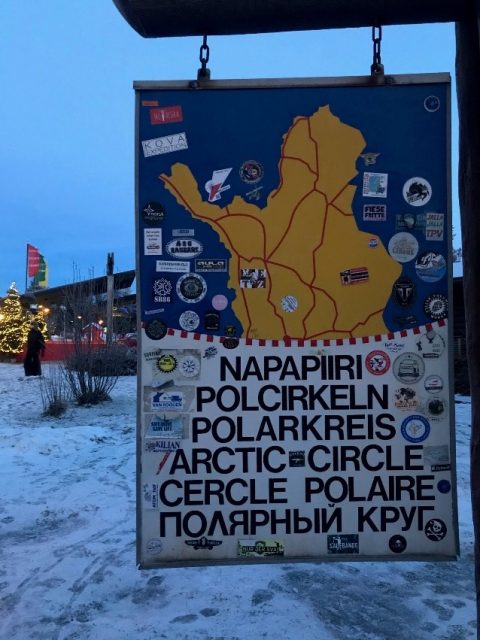

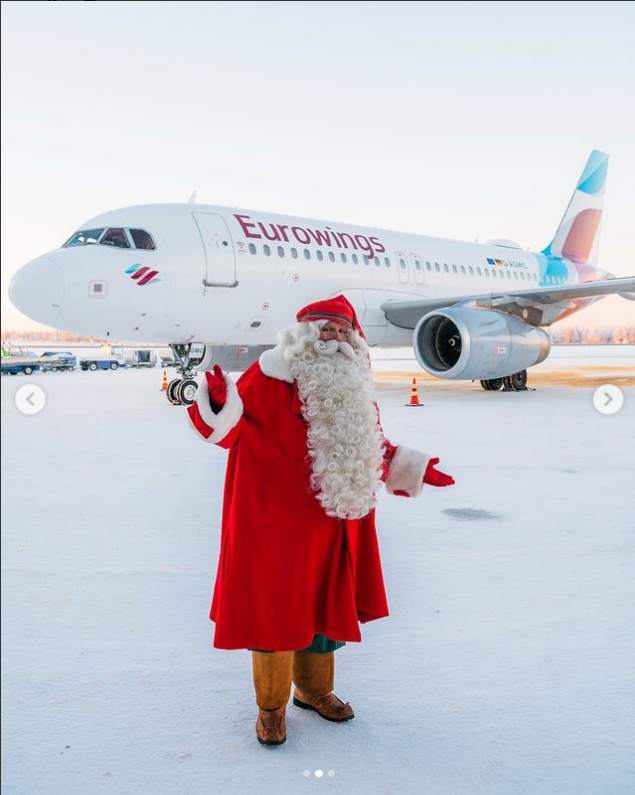
Opened in 1985, Santa Claus Village is a tourist destination that is part theme park, part shopping center, and ultimate Christmas destination. The village, which is free of charge to enter, is located directly on the Arctic Circle (66°30′N). Prominent pillars and signage have been erected, compelling anyone who crosses the seminal line of latitude to take a photo. Directly along the Arctic Circle also lies the entrance to the prime attraction at Santa Claus Village: Santa Claus himself. Every day, even outside of winter, the jolly, bearded fellow receives visitors during his working hours from 10am-5pm. Impressively, he greets each guest individually and, almost without fail, in their own language. Meeting Santa has even been rendered COVID-safe: when the authors met him, a plastic shield separated them from Santa, cleverly angled so that it would not appear in photographs. Keeping up appearances is a big business for Santa Claus Village, with one print costing 35 euros.
Apart from meeting Santa, visitors can stay on-site at a hotel, go for a reindeer sleigh ride, or even dine on Rudolph in one of the many restaurants. Dozens of shops also sell Christmas-themed souvenirs, many of which have likely been shipped to Rovaniemi from factories thousands of kilometers away. Santa’s supply chains are thus no stranger to globalization.
Father Christmas also makes sure to send things back out far and wide. At the Santa Claus Village post office, visitors can write postcards or letters and opt for delivery by “next Christmas” or “normal daily mail”. Last summer Ria tested the “next Christmas” delivery by sending her family a postcard to Austria and was surprised by its timely arrival just before Christmas. Mia sent a “normal daily mail” postcard to Hong Kong, which took about three weeks to arrive—a long delay perhaps attributable to ongoing global supply chain issues, to which even Santa is not immune. Nevertheless, the recipient, a boy of 4 years old, was “so excited that it’s come from Santa’s home.” Children like him can also write directly to Santa from anywhere in the world, though there is no guarantee of response. Each year, he receives about half a million letters from 200 countries. Delivering this mail all the way to the Arctic requires a significant logistical undertaking comprising multiple modes of transportation.

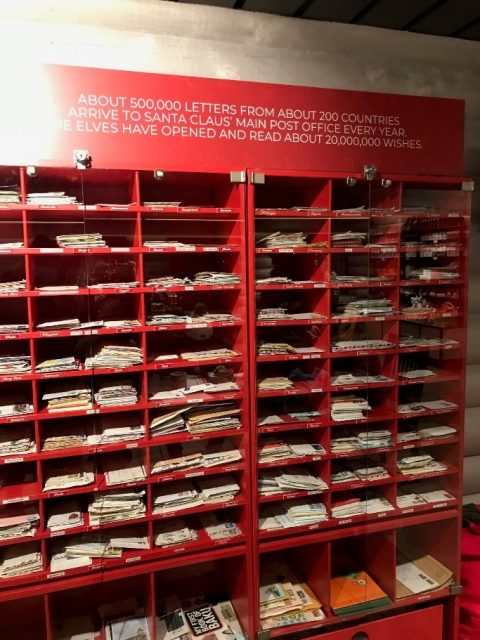
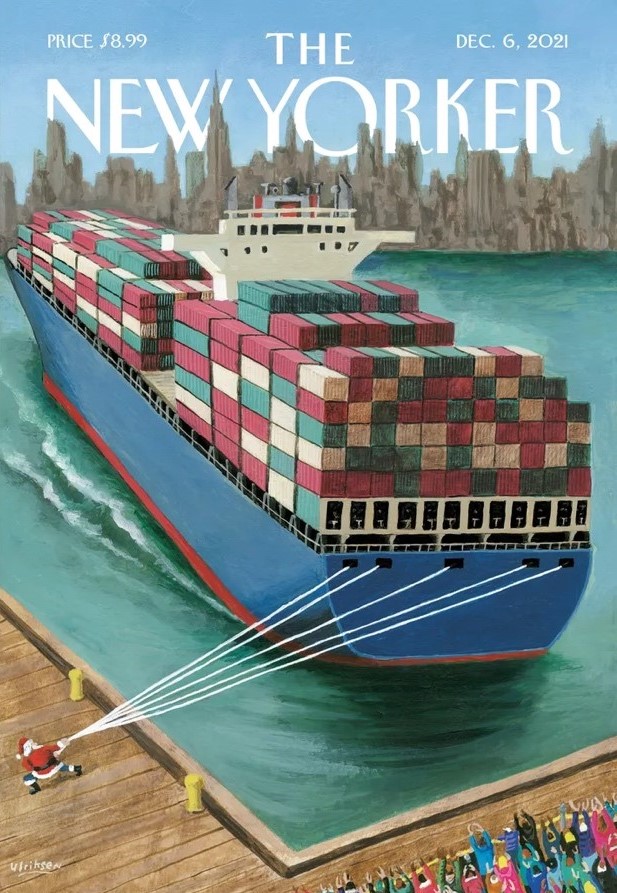
At a young age, most people come to the realization that Santa isn’t real. Yet the case of Santa Claus Village and Rovaniemi in general, one of the InfraNorth project towns, demonstrates that the developments carried out to realize Christmas miracles tangibly impact people’s lives. These affect not only tourists, who might have their dreams come true by seeing their childhood stories come alive, but local residents, too. Their experiences living in a seasonal tourist destination are more complicated. For instance, when new flight routes are opened, apartment rental prices skyrocket as it becomes more lucrative for landlords to offer short-term accommodation to visitors than long-term leases to local residents. Roads also can become hazardous during the seasonal rush to see Santa: one local resident described how he didn’t always feel safe driving on popular tourist routes in winter as many rental cars are driven by travelers who don’t know how to properly drive in Arctic winter conditions. New hotels are also constantly under construction, leading to noise and dust on the one hand, but also more jobs on the other. And, when demand grows for certain types of northern experiences, infrastructure is often developed without consideration of how it might fit in. One owner of a local tourism agency complained that she did not like husky safaris, an import from North America, as they were not authentic to Finnish Lapland.
A more monumental change to Lapland’s infrastructure could come if the proposed Arctic Railway is built from Rovaniemi to the Norwegian coast at Kirkenes. The project’s boosters tout the possibilities of expanding tourism into new northern areas, but many people are vehemently opposed, including the Sámi, whose customs are appropriated, commodified, and packaged for sale at places like Santa Claus Village. The Lapland Regional Council has rejected building the Arctic railway until 2040. However, in October 2021, the council suggested a plan that would circumvent Sámi lands by connecting the municipalities of Kittilä and Sodankylä to the existing railway network between Kemijärvi, Kolari and Rovaniemi. In their recent contribution to the debate, Kähkönen & Nystén-Haarala (2021: 6) state that this new loop, which the council claims would promote tourism, mining, and forestry, might be “a trick to get the existing railway further north, a step closer to the melting Arctic Ocean.”
Much as infrastructure can appear quickly, it can also disappear quickly, too. Over the past few years, rapid growth in Chinese tourism has reshaped the landscape of Santa tourism in Rovaniemi. Prior to the COVID-19 pandemic, national airline Finnair linked almost a dozen cities in Greater China directly to Helsinki, which offered easy onwards connections to Rovaniemi. But even as European tourism to the hometown of Santa Claus has rebounded to reach 70-80% of pre-pandemic levels, the Chinese government’s continued border restrictions led the country’s total outbound tourism numbers to drop from 155 million in 2019 to 20 million in 2020. Brochures in Mandarin at Santa Claus Village sit gathering dust on the shelves. On a cold night in November at Hua Long, an ornately decorated seafood restaurant in the center of Rovaniemi, only a few European and American visitors sat between imported Ming vases. While Chinese tourists are for the moment invisible, the infrastructure built to support them remains.
Long after the boom-and-bust cycles of tourism fade, Santa Claus and his infrastructure will still surround Rovaniemi’s residents, for whom they represent not a once-in-a-lifetime experience, but rather a year-round lived reality. As we move forward with our research in places like Rovaniemi and several other locations across the Arctic, we seek to understand the entanglements of infrastructural dreams and realities and how these affect day-to-day life for the people who call the region home.
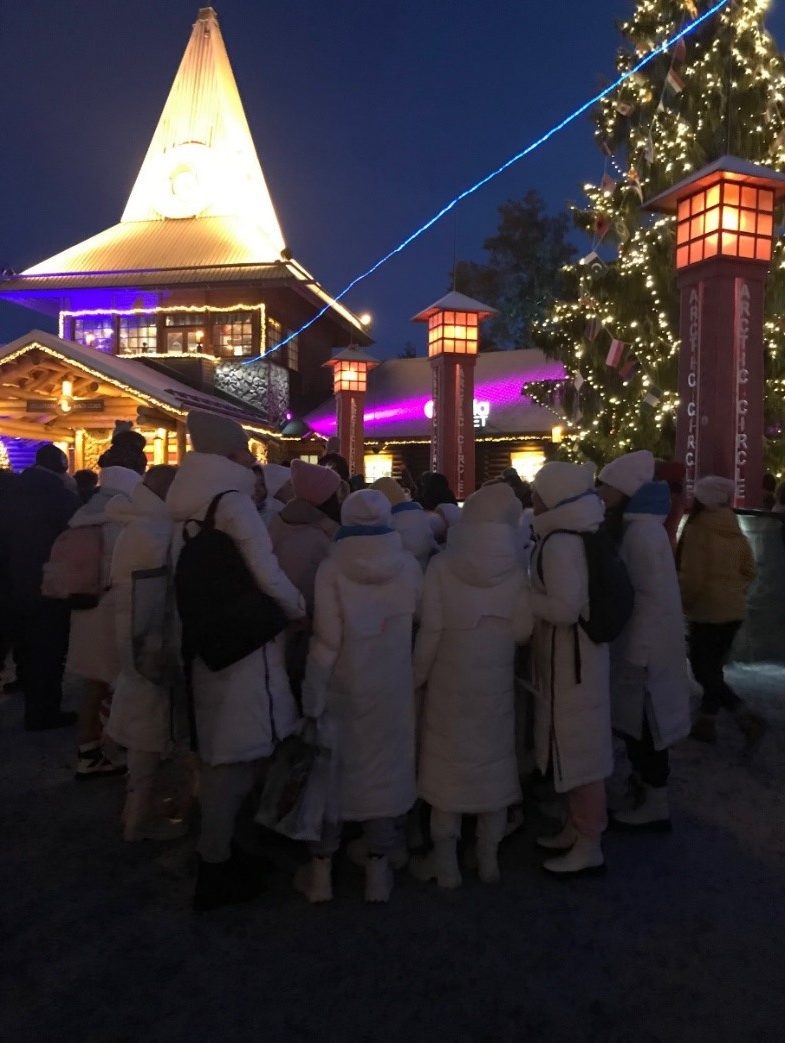

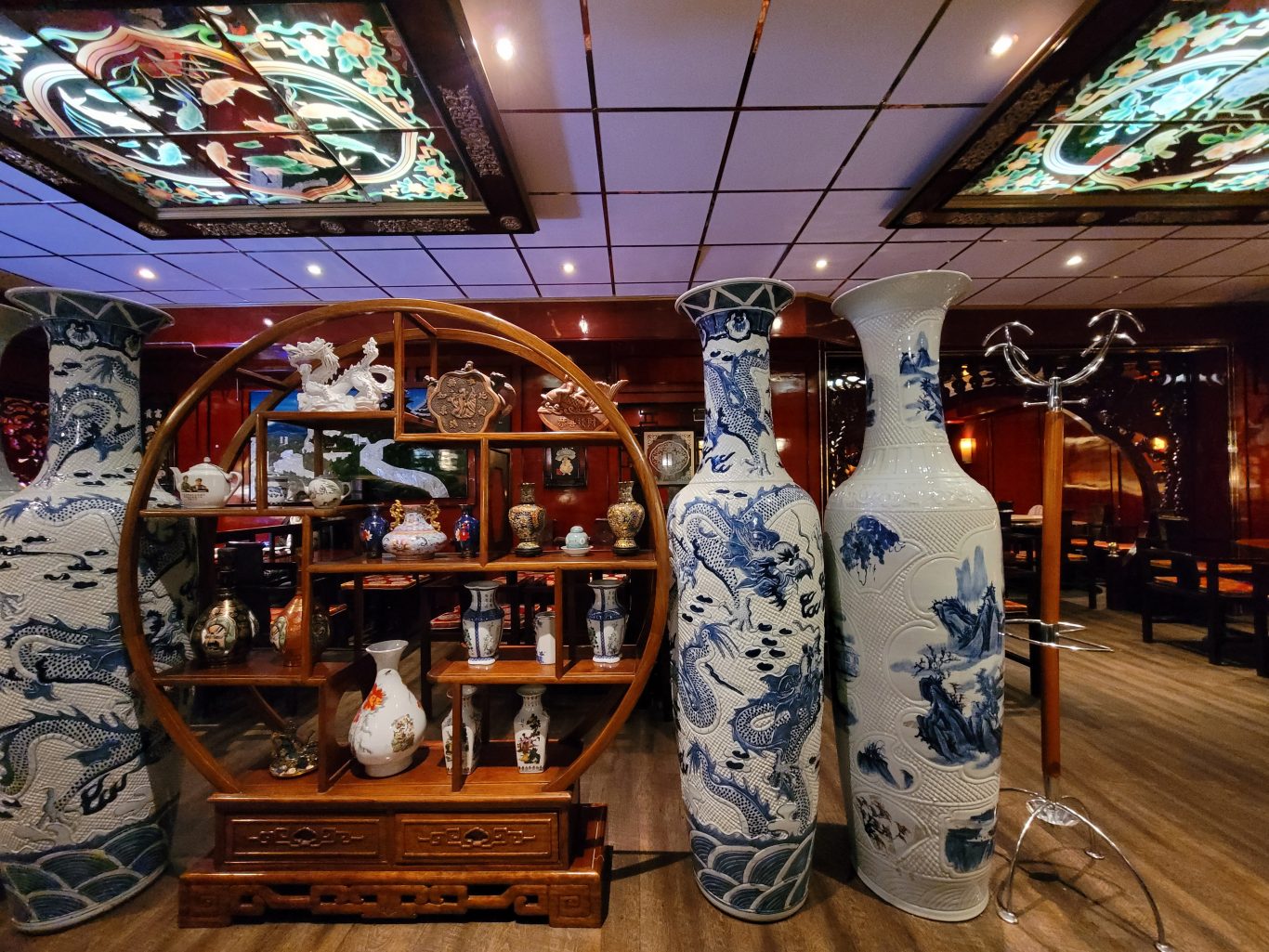

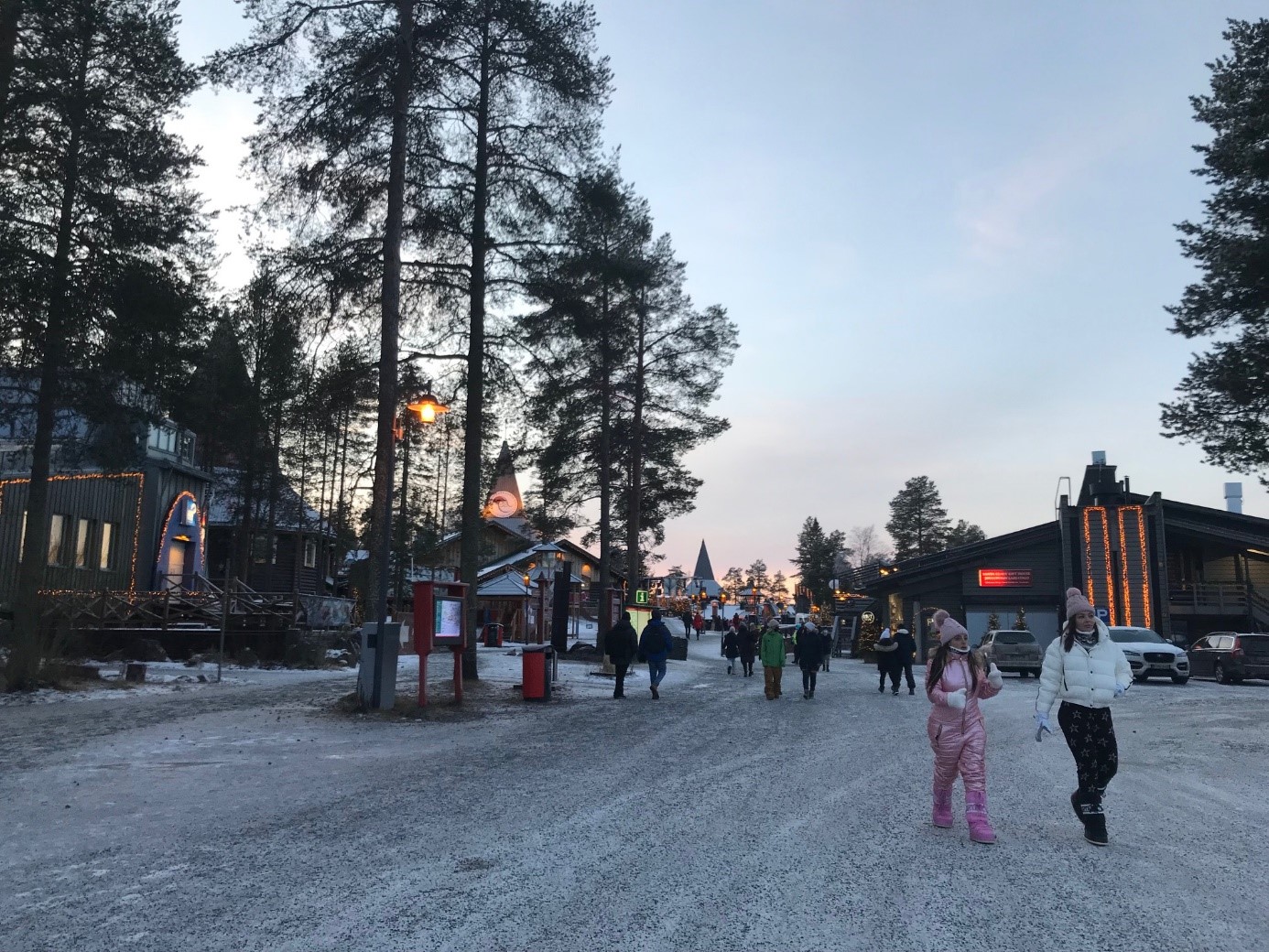
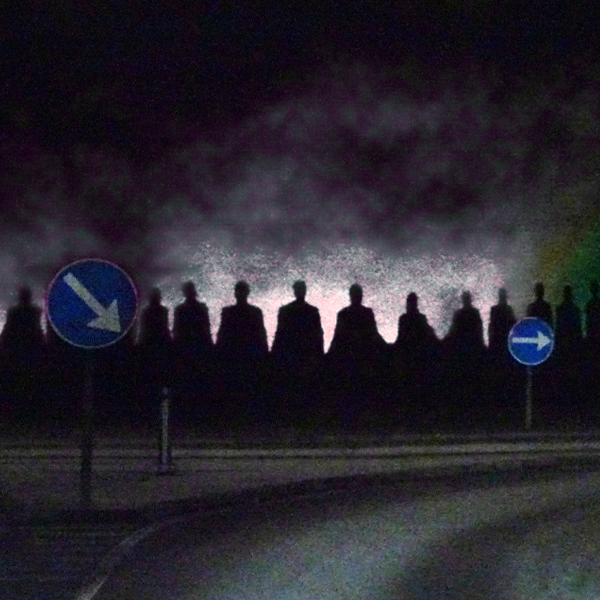

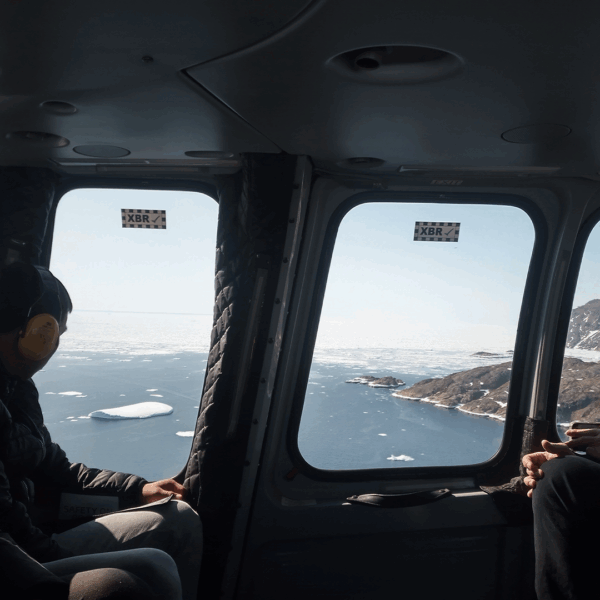
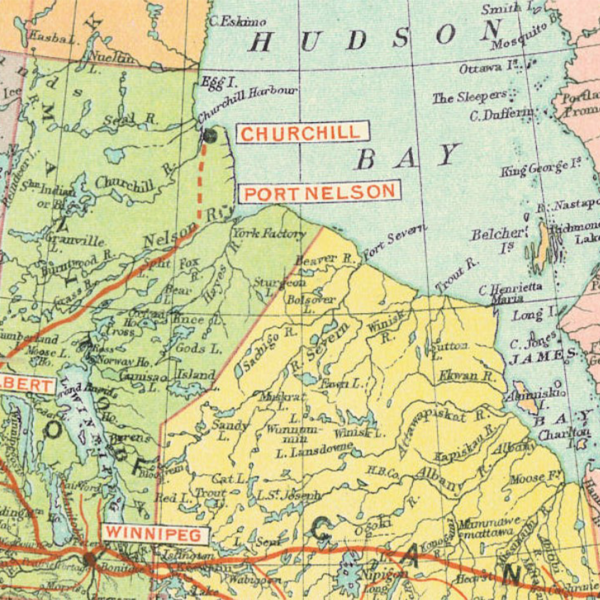

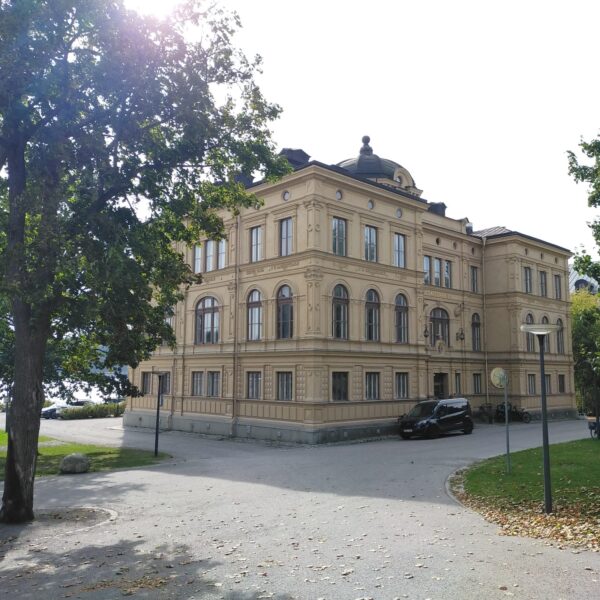
Please login to post a comment...